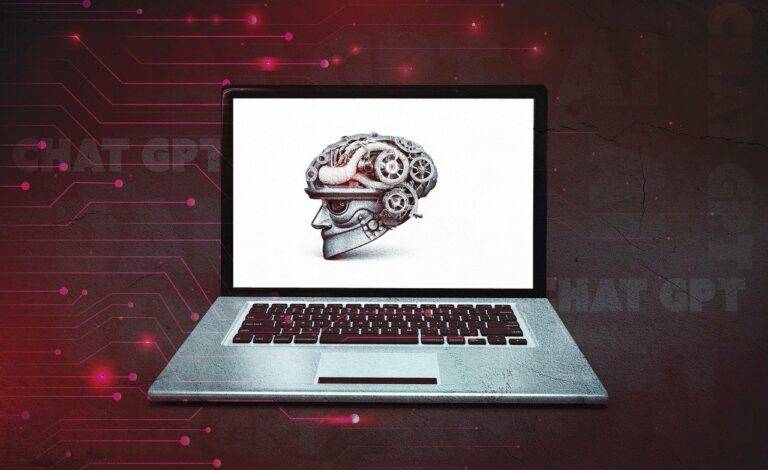The Future of Blockchain in Refugee Identity Management
One significant challenge in refugee identity management is the lack of reliable documentation to verify identities. Many refugees flee their countries under chaotic circumstances, leaving behind essential identification papers. This absence of official documents makes it difficult for host countries and humanitarian organizations to accurately confirm the identities of refugees and provide them with necessary services.
Moreover, the protracted nature of refugee situations often complicates the maintenance of updated and valid identity information. As refugees move across borders and go through various administrative processes, their personal data may become outdated or inconsistent. This inconsistency can lead to difficulties in accessing essential services, including healthcare, education, and legal assistance, ultimately hindering their integration and protection in host countries.
Current Solutions for Refugee Identity Management
One prevalent solution for refugee identity management is the adoption of biometric technology. By using biometric data such as fingerprints or iris scans, organizations can accurately identify individuals, reducing the risk of fraud and identity theft. This technology also helps streamline processes such as registration and distribution of aid, enhancing efficiency in refugee camps and other settings.
Another effective solution is the use of blockchain technology. This decentralized and secure system can store and manage refugee identity information in a tamper-proof manner, ensuring data integrity and privacy. Blockchain also enables quick verification of identities, facilitating access to services and resources for refugees in a more transparent and accountable manner.
What are some of the challenges in refugee identity management?
Some of the challenges in refugee identity management include lack of proper identification documents, difficulty in verifying identity, and issues with maintaining privacy and security of personal information.
What are some current solutions for refugee identity management?
Some current solutions for refugee identity management include biometric identification technology, digital identity platforms, and blockchain technology for secure and transparent record-keeping.
How do biometric identification technologies help in refugee identity management?
Biometric identification technologies such as fingerprint scans and facial recognition help in accurately verifying the identity of refugees, making it easier to provide them with necessary services and assistance.
How do digital identity platforms aid in refugee identity management?
Digital identity platforms allow refugees to securely store and access their personal information, making it easier for them to prove their identity and access services such as healthcare, education, and financial assistance.
How does blockchain technology enhance refugee identity management?
Blockchain technology provides a secure and transparent way to store and manage refugee identity information, ensuring that personal data cannot be tampered with or manipulated by unauthorized parties.





